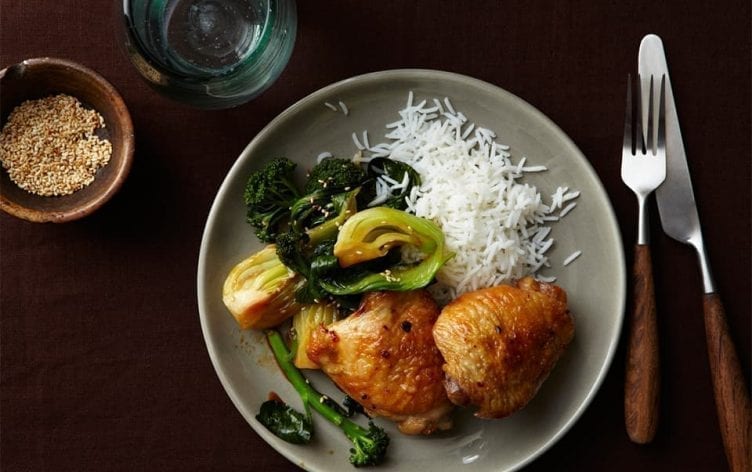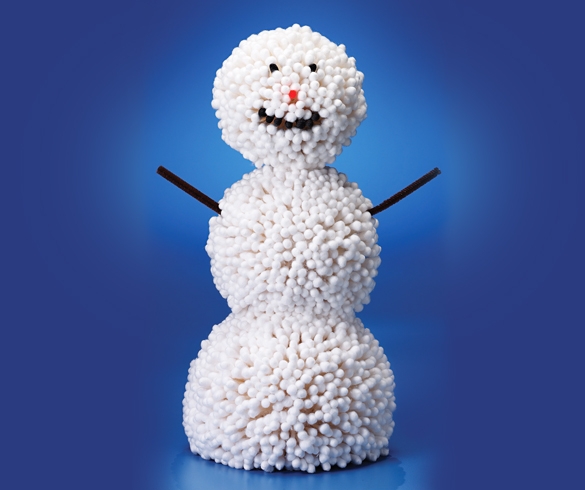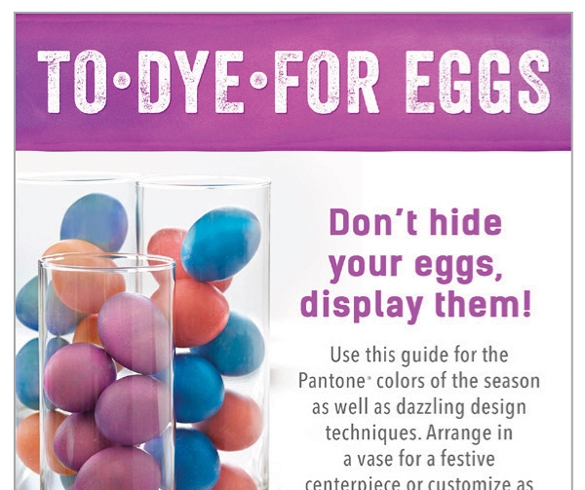
The next time you sit down to eat, take a good long look at your plate before you dig in. The food you’re eating and the way you prepared it might be totally healthy, but there could be another, almost invisible factor causing you to eat more than you originally intended to. And if you’re interested in losing or maintaining your weight, letting this little mistake slip under the radar could be getting in the way of your goals.
Your portion sizes might be too big, and the way you plate your food could be the reason why. Your healthy-eating game plan seems airtight: You diligently set your brown rice down, top it with a lean protein like chicken, and finish things off with veggies. But here’s the rub: Arranging your food in this format may cause you to accidentally pack on too much of some foods and too little of others. According to Maxine Yeung, M.S., R.D., owner of The Wellness Whisk, when you plate your carbohydrate and protein first, “by the time you get to the veggies, there’s little room left on the plate.” In a well-rounded meal, she says, veggies should be the main focus. So you don’t want to plop them on the plate like an afterthought.
WATCH > EASY WAYS TO HYDRATE (THAT AREN’T WATER)
“Changing the way you view your meal to make the vegetable section your primary focus is so important because they contain all the fiber, vitamins, minerals, and water your body needs,” Yeung explains. So what’s the best way to plate your food? Veggies first, then protein, then grains—if it sounds upside down, that’s because it is. This method, developed by Yeung, is called plating backwards, and it’s an extremely simple solution to the common too-big-portion problem.
Making it a mealtime habit is easy. When you plate, Yeung says you’ll want to aim for your portions to be 50 percent non-starchy vegetables, 25 percent lean protein, and 25 percent carbohydrates. If you plate the classic way (carbs, protein, vegetables) you’re more likely to end up with 50 percent carbs and 25 percent vegetables. To strike the right balance, she says, “Start by filling about half your plate with vegetables, then add protein and carbohydrates in about equal portions.” And if you’re still unsure about your portion sizes, she suggests using MyPlate’s visuals as a guideline.
While Yeung primarily likes to use this method at home, she says you can also apply it to mealtime at buffet-style situations, and even while choosing an item from a restaurant menu. Using this trick forces you to look at your meal in a different way. So when you’re flipping through dinner options, whether it be on Seamless or at your favorite Mexican spot, you’ll be more inclined to spot the dishes with larger vegetable portions.







